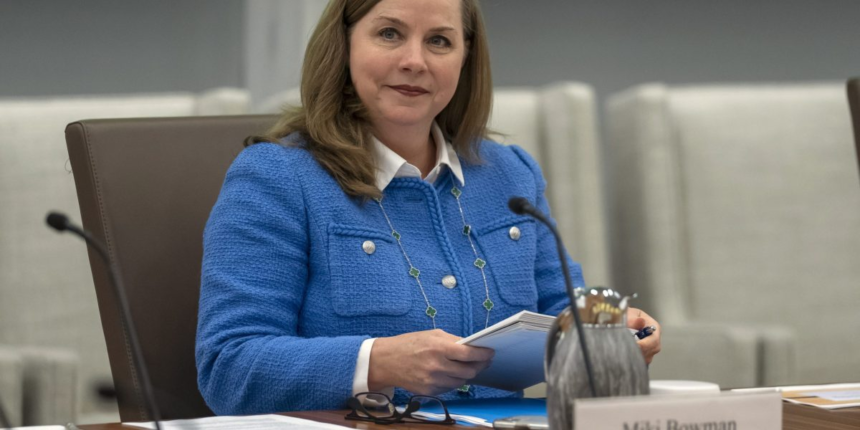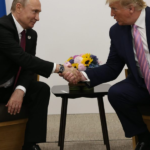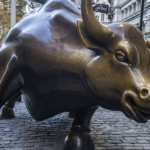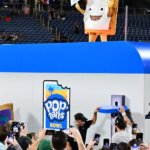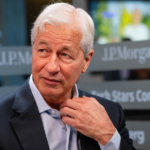At a speech during a bankers’ conference in Colorado on Saturday, Bowman said that “the latest labor market data reinforce my view” that the Fed should cut interest rates three times this year. The Fed has only three meetings left on the schedule in 2025.
The jobs report that arrived last week, only a couple of days after the Fed voted on interest rates, showed that employers hired far fewer workers last month than economists expected. It also said that hiring in prior months was much lower than initially thought.
On inflation, meanwhile, Bowman said she is getting more confident that Trump’s tariffs “will not present a persistent shock to inflation” and sees it moving closer to the Fed’s 2% target. Inflation has come down substantially since hitting a peak above 9% after the pandemic, but it has been stubbornly remaining above 2%.
The Fed’s job is to keep the job market strong, while keeping a lid on inflation. Its challenge is that it has one main tool to affect both those areas, and helping one by moving interest rates up or down often means hurting the other.
A fear is that Trump’s tariffs could box in the Federal Reserve by sticking the economy in a worst-case scenario called “stagflation,” where the economy stagnates but inflation is high. The Fed has no good tool to fix that, and it would likely have to prioritize either the job market or inflation before helping the other.
On Wall Street, expectations are that the Fed will have to cut interest rates at its next meeting in September after the U.S. jobs report came in so much below economists’ expectations.


